Understanding the Four Seasons of Heating and Air
Maintaining a comfortable indoor environment throughout the year requires a well-functioning heating and air conditioning system. The four seasons of heating and air refer to the ongoing adjustments, maintenance, and optimizations necessary to ensure your HVAC system operates efficiently during spring, summer, fall, and winter.
Neglecting seasonal HVAC maintenance can lead to unexpected breakdowns, higher energy bills, and reduced air quality. By understanding the impact of seasonal changes on your heating and cooling system, homeowners can take proactive steps to extend the lifespan of their HVAC units and improve overall efficiency.
The Importance of Year-Round HVAC Maintenance
Regular HVAC maintenance is essential to keep your system running efficiently in every season. Skipping seasonal check-ups can lead to increased energy consumption, poor air circulation, and costly repairs. Here’s why year-round maintenance is crucial:
1. Improved Energy Efficiency
A well-maintained HVAC system runs more efficiently, reducing energy waste and lowering utility bills. Simple tasks such as changing air filters, sealing duct leaks, and tuning up your unit help ensure that your system operates at peak performance.
2. Prevents Costly Breakdowns
Small HVAC issues, if ignored, can escalate into expensive repairs or complete system failures. Routine inspections help detect early signs of wear and tear, preventing major malfunctions during extreme weather conditions.
3. Extends the Lifespan of Your System
Regular maintenance can extend the life of your HVAC system by several years. A properly maintained air conditioner or furnace is less likely to overwork itself, reducing wear on essential components.
4. Enhances Indoor Air Quality
Dust, allergens, and mold can accumulate within the HVAC system, affecting indoor air quality. Regular filter replacements, duct cleaning, and coil maintenance help keep the air clean and healthy for your family.
5. Ensures Comfort Throughout the Year
A system that is regularly maintained provides consistent airflow, proper temperature regulation, and a comfortable indoor climate, regardless of the season.
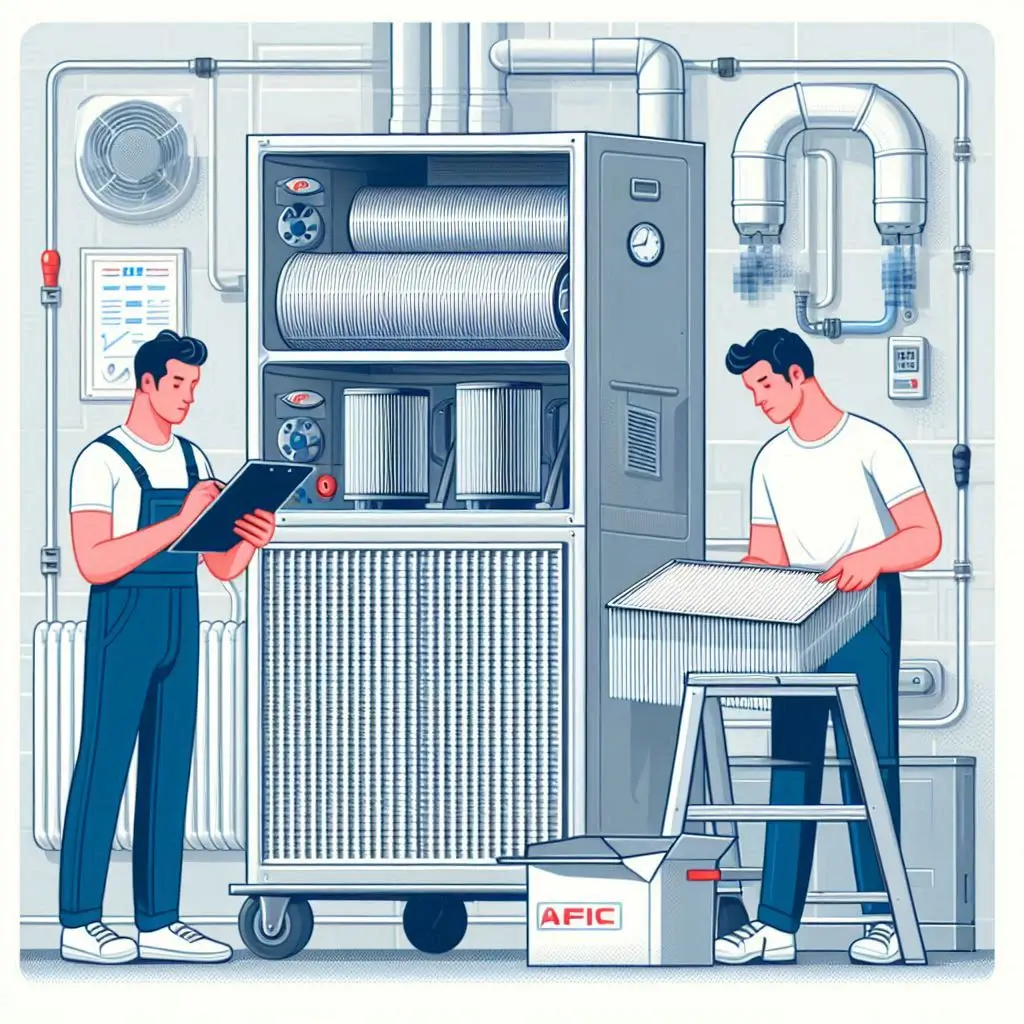
How Seasonal Changes Affect Your HVAC System
The weather shifts in spring, summer, fall, and winter directly impact the performance of your HVAC system. Understanding these effects allows homeowners to take preventive actions to maintain efficiency.
1. Spring: Preparing for the Cooling Season
As temperatures begin to rise, your air conditioner needs to be ready to handle increased cooling demands. This season is the best time to:
- Replace air filters to ensure clean airflow.
- Inspect and clean the condenser coils.
- Check refrigerant levels and address any leaks.
- Test the thermostat for accurate temperature control.

2. Summer: Keeping Your AC in Peak Condition
During the hot months, air conditioners work harder to maintain comfortable indoor temperatures. Without proper maintenance, your AC may:
- Overheat due to clogged air filters.
- Struggle with refrigerant leaks, reducing cooling efficiency.
- Experience increased energy consumption, leading to higher electricity bills.
Homeowners should clean outdoor condenser units, check insulation around refrigerant lines, and schedule a professional tune-up to prevent mid-summer failures.
3. Fall: Transitioning to Heating Mode
As temperatures drop, your heating system takes over. Before winter sets in, it’s essential to:
- Inspect the furnace or heat pump for wear and tear.
- Clean and test the burners and ignition system.
- Check carbon monoxide detectors to ensure safety.
- Seal any leaks in ducts to prevent heat loss.

4. Winter: Ensuring Reliable Heating Performance
Freezing temperatures put a significant strain on your heating system. To avoid breakdowns in the middle of winter:
- Replace or clean filters to maintain airflow.
- Insulate exposed pipes to prevent freezing.
- Keep vents and registers clear of obstructions.
- Consider installing a programmable thermostat for better heat control.
By taking proactive steps for each season, homeowners can ensure their four seasons of heating and air system remains efficient, reliable, and cost-effective throughout the year.
Spring HVAC Maintenance Tips for Better Efficiency
As winter fades and temperatures begin to rise, homeowners must prepare their HVAC systems for the demands of spring and summer. Seasonal maintenance ensures that your four seasons of heating and air system runs smoothly, efficiently, and reliably throughout the warmer months.
Spring is the ideal time for preventive maintenance because it helps identify potential issues before peak cooling season. Regular upkeep not only improves efficiency but also extends the lifespan of your HVAC unit, enhances indoor air quality, and reduces energy costs.
This guide covers two essential maintenance tasks: checking and replacing air filters and scheduling professional AC tune-ups to optimize performance before summer heat arrives.
Checking and Replacing Air Filters
One of the simplest yet most crucial steps in spring HVAC maintenance is checking and replacing air filters. Air filters prevent dust, dirt, allergens, and debris from circulating through your home, but they can become clogged over time, reducing airflow and straining the system.
1. Why Air Filter Maintenance Matters
- Improves Air Quality: A clean air filter traps dust, pollen, pet dander, and other airborne contaminants, ensuring fresher indoor air.
- Enhances Energy Efficiency: A clogged filter forces the HVAC system to work harder, consuming more energy and increasing utility bills.
- Extends System Lifespan: Unrestricted airflow reduces wear and tear on HVAC components, prolonging the system’s operational life.
2. How Often Should You Replace Your Air Filter?
- Standard fiberglass filters: Every 30 days
- Pleated high-efficiency filters: Every 60–90 days
- Homes with pets or allergies: Every 20–45 days
3. Steps to Check and Replace Your Air Filter
- Turn off the HVAC system for safety.
- Locate the air filter (commonly found in the return air duct or near the blower).
- Remove the old filter and check for excessive dirt or damage.
- Insert a new filter of the same size and type, ensuring the airflow direction matches the arrows on the frame.
- Turn the system back on and monitor airflow improvement.
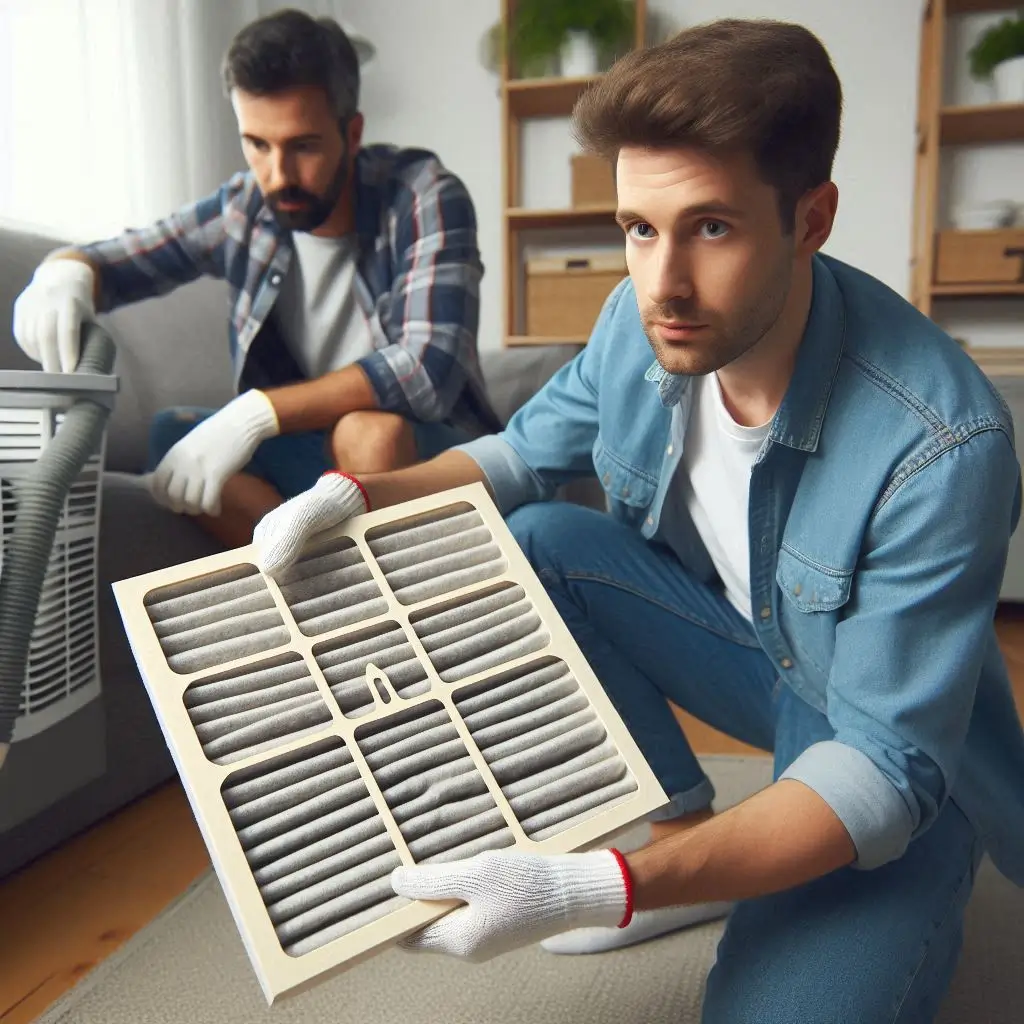
Scheduling Professional AC Tune-Ups
While DIY maintenance is essential, a professional AC tune-up provides deeper system checks and optimizations that ensure peak performance throughout spring and summer. A licensed HVAC technician can detect early signs of wear and prevent costly breakdowns.
1. Why an AC Tune-Up is Essential in Spring
- Restores Cooling Efficiency: Technicians clean and calibrate the system for optimal cooling output.
- Prevents Unexpected Breakdowns: Inspections catch small issues before they turn into expensive repairs.
- Extends Equipment Life: Regular tune-ups keep HVAC units running efficiently for longer.
- Reduces Energy Bills: A well-maintained system uses less electricity, lowering utility costs.
2. What Does a Professional AC Tune-Up Include?
A typical spring HVAC tune-up includes:
Cleaning condenser and evaporator coils – Removes dirt buildup that reduces efficiency.
Checking refrigerant levels – Ensures the system is adequately charged to provide cooling.
Inspecting electrical components – Identifies any loose connections or worn-out wiring.
Testing thermostat accuracy – Verifies that the thermostat is properly regulating temperatures.
Lubricating moving parts – Reduces friction and prevents motor damage.
Examining ductwork for leaks – Prevents energy loss and ensures proper airflow.
3. When to Schedule a Spring AC Tune-Up
The best time to schedule a professional HVAC inspection is in early spring, before temperatures rise significantly. This allows technicians to address any issues before peak cooling season, ensuring uninterrupted comfort.
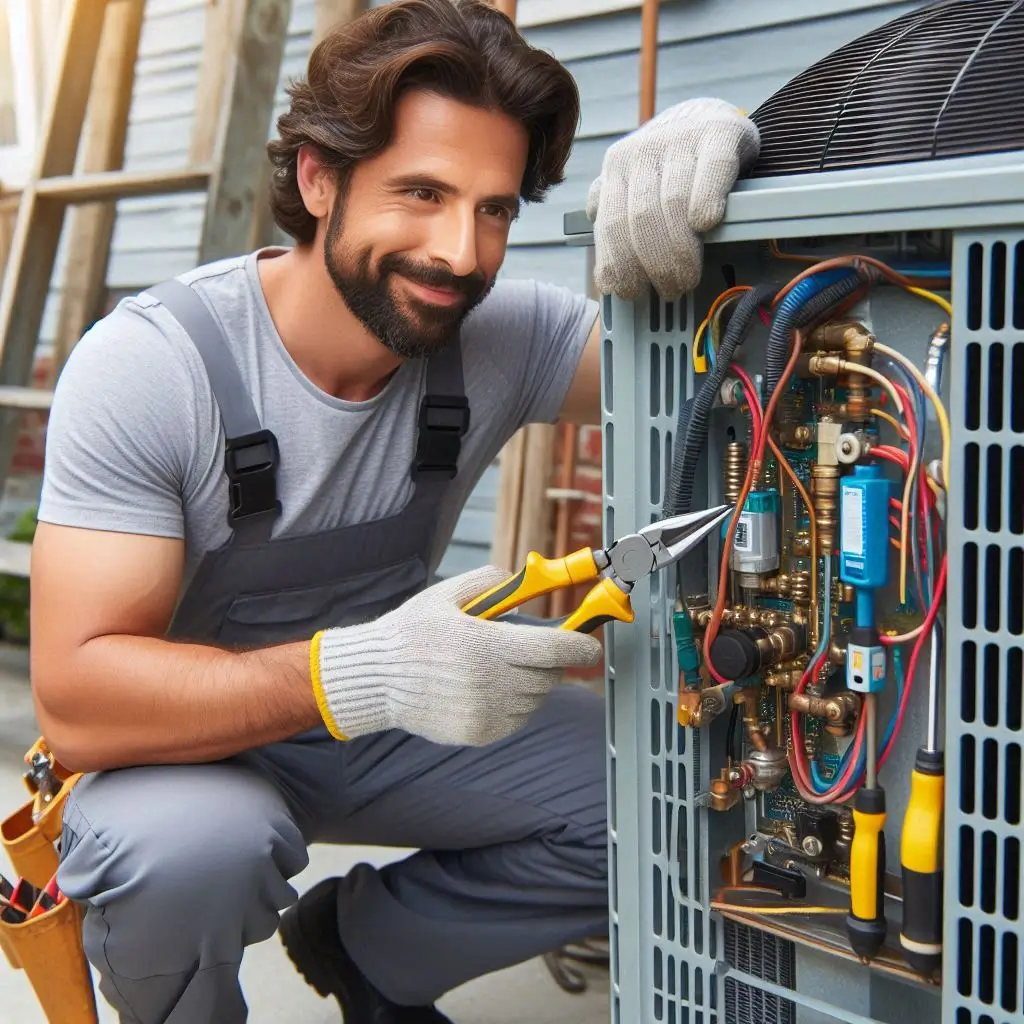
4. DIY Maintenance vs. Professional Service
While homeowners can perform basic tasks like changing air filters and clearing debris from outdoor units, a professional HVAC tune-up is recommended at least once a year. Expert service ensures comprehensive inspections and precise adjustments that DIY maintenance cannot achieve.
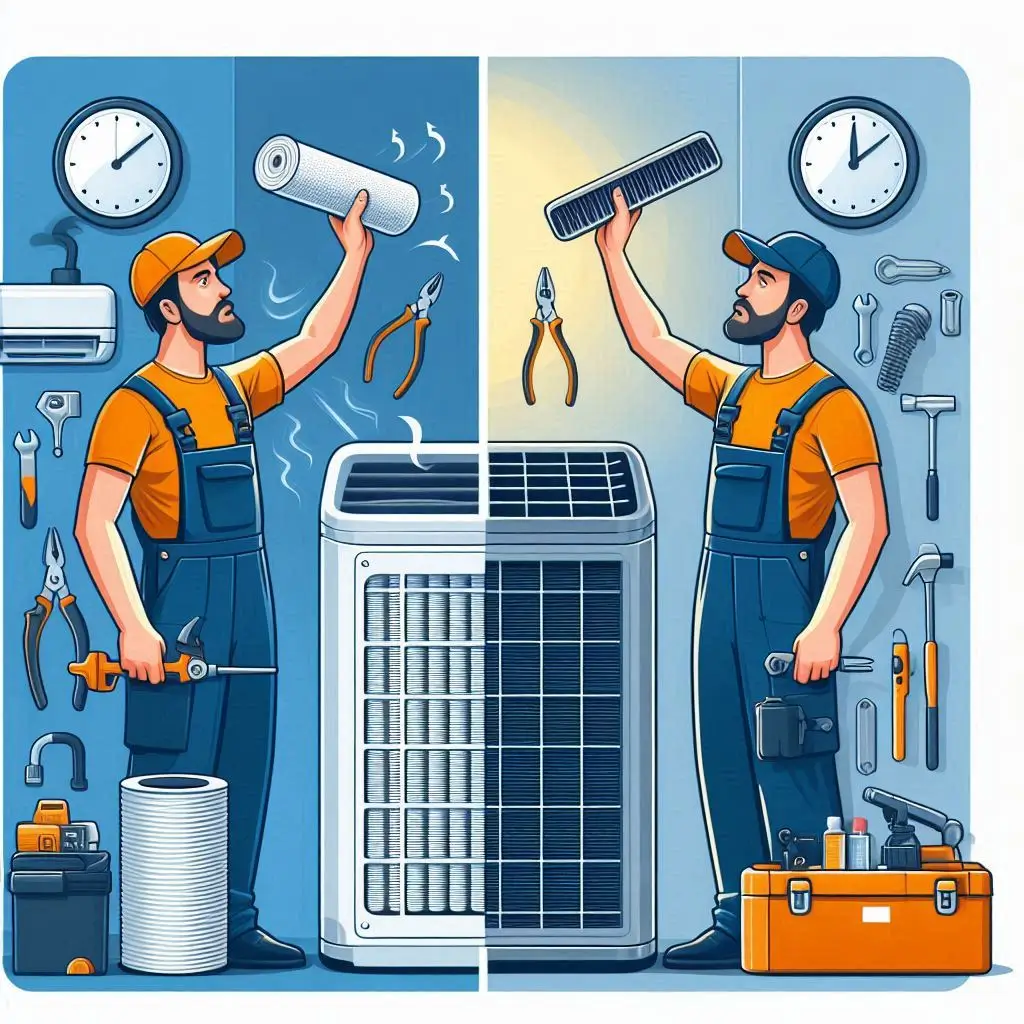
Keeping Your Home Cool in the Summer
As temperatures rise, a reliable and efficient air conditioning system is essential for maintaining a comfortable indoor environment. Without proper maintenance, an AC unit can struggle to keep up with the summer heat, leading to higher energy bills, poor cooling performance, and unexpected breakdowns.
In this guide, we will explore key strategies for optimizing your air conditioner’s performance and the warning signs that indicate your AC may need repair or replacement.
Optimizing Air Conditioner Performance
An efficient AC system not only keeps your home cool but also reduces energy consumption and extends the lifespan of the unit. Below are the best ways to ensure your air conditioner operates at peak performance during summer.
1. Clean or Replace Air Filters Regularly
- Dirty air filters block airflow, forcing your AC to work harder.
- A clogged filter can reduce cooling efficiency by 15% or more.
- Replace air filters every 30–90 days to maintain optimal performance.
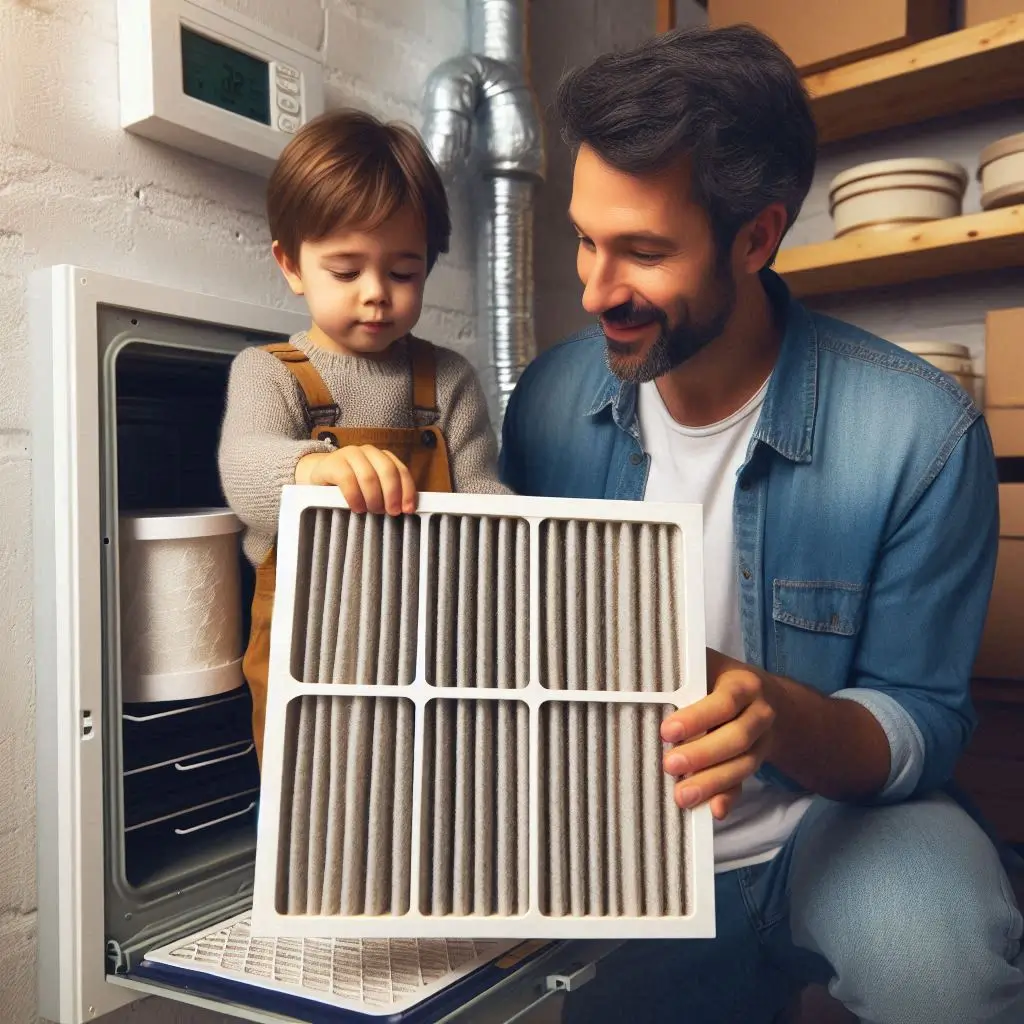
2. Keep the Outdoor Unit Clean and Clear
- The outdoor condenser unit should be free from debris, leaves, and dirt.
- Keep at least 2 feet of clearance around the unit for proper airflow.
- Clean condenser coils with a soft brush or hose to remove dust buildup.
3. Use a Programmable Thermostat
- A smart thermostat helps regulate indoor temperatures efficiently.
- Set the thermostat to 78°F (26°C) when home and higher when away to save energy.
- Avoid setting temperatures too low, as this can overwork your AC and increase energy bills.
4. Ensure Proper Insulation and Sealing
- Seal gaps and cracks around windows and doors to prevent cool air from escaping.
- Use blackout curtains or reflective window film to block excess heat.
- Insulate attic spaces to reduce heat transfer and lighten the load on your AC.
5. Schedule Regular Professional Maintenance
- An annual AC tune-up ensures the system is running efficiently.
- HVAC professionals check refrigerant levels, inspect components, and clean internal parts.
- Preventive maintenance reduces repair costs and prolongs system life.
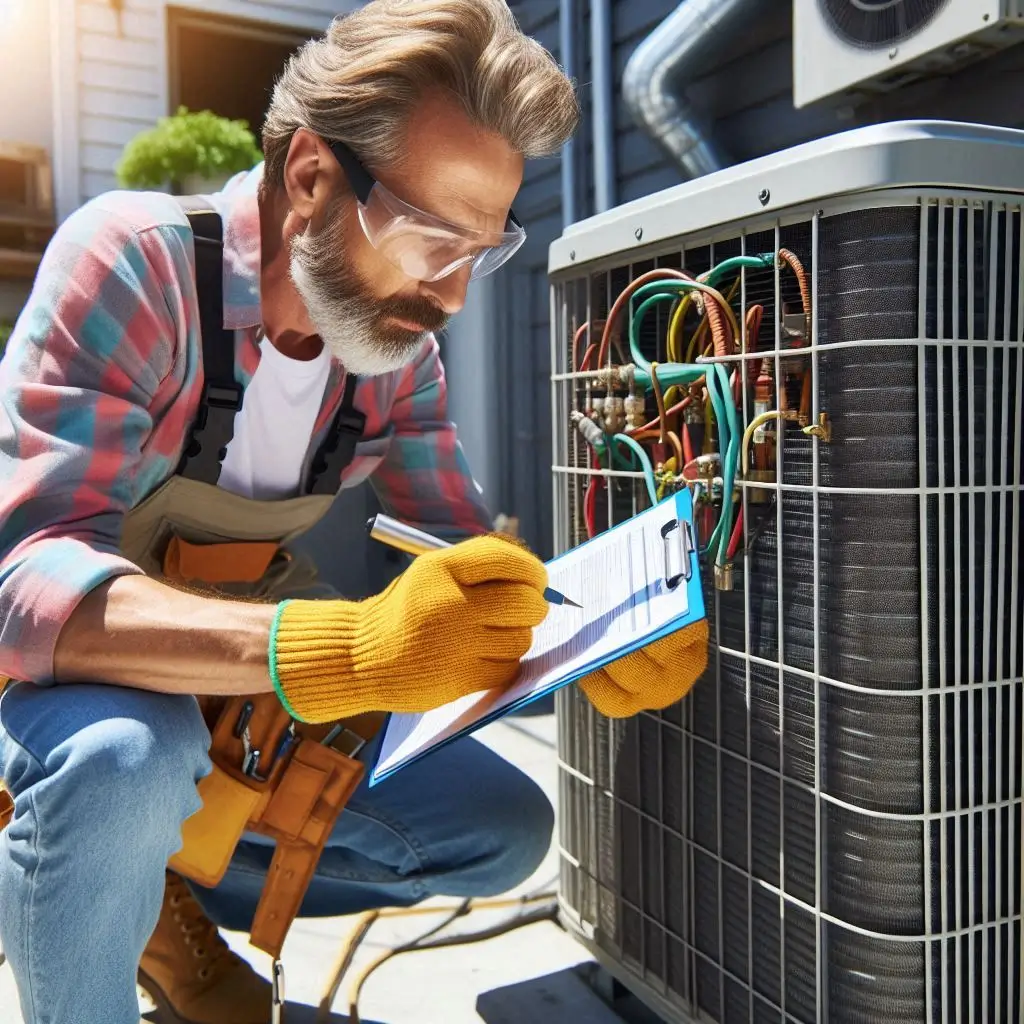
Signs Your AC Needs Repair or Replacement
Ignoring early warning signs of an air conditioning problem can lead to costly breakdowns or a complete system failure during the peak of summer. Below are the most common signs that indicate your AC needs repair or replacement.
1. Weak or Inconsistent Airflow
- If your AC is running but not cooling properly, blocked air ducts or a failing compressor could be the cause.
- Check air vents for obstructions and ensure air filters are clean.
2. Unusual Noises
- Buzzing or rattling: Loose components or debris inside the unit.
- Squealing or grinding: Worn-out motor bearings or belt issues.
- Hissing sounds: Possible refrigerant leaks, which can affect cooling efficiency.
3. High Energy Bills
- A sudden spike in electricity bills without increased usage often indicates that your AC is struggling to cool efficiently.
- An older or inefficient unit may need frequent repairs and should be replaced for better energy savings.
4. Frequent Repairs
- If your AC requires frequent service calls, it may be more cost-effective to replace it.
- The average lifespan of an AC unit is 10–15 years—older units lose efficiency and can become unreliable.

5. AC Blows Warm Air or Cycles On and Off Frequently
- Low refrigerant levels, clogged coils, or a failing thermostat can cause your AC to blow warm air.
- Short cycling (turning on and off repeatedly) is often a sign of electrical issues or an oversized unit.
Preparing Your Heating System for Fall
As temperatures begin to drop, it’s essential to prepare your heating system to ensure optimal efficiency, lower energy bills, and a comfortable home throughout the colder months. Proper preparation prevents unexpected breakdowns, improves energy efficiency, and extends the lifespan of your heating system.
This guide will walk you through how to inspect and clean your furnace and the benefits of upgrading to an energy-efficient heater before winter arrives.
Inspecting and Cleaning Your Furnace
Regular furnace maintenance is key to preventing costly repairs and ensuring your heating system operates at peak performance. A well-maintained furnace not only provides consistent warmth but also improves air quality and reduces energy waste.
1. Check and Replace the Furnace Filter
- A dirty or clogged filter restricts airflow, forcing your heating system to work harder.
- Replace the filter every 1–3 months to maintain efficiency and reduce allergens in the air.
- Use a high-quality pleated filter to trap dust, pet dander, and other airborne particles.
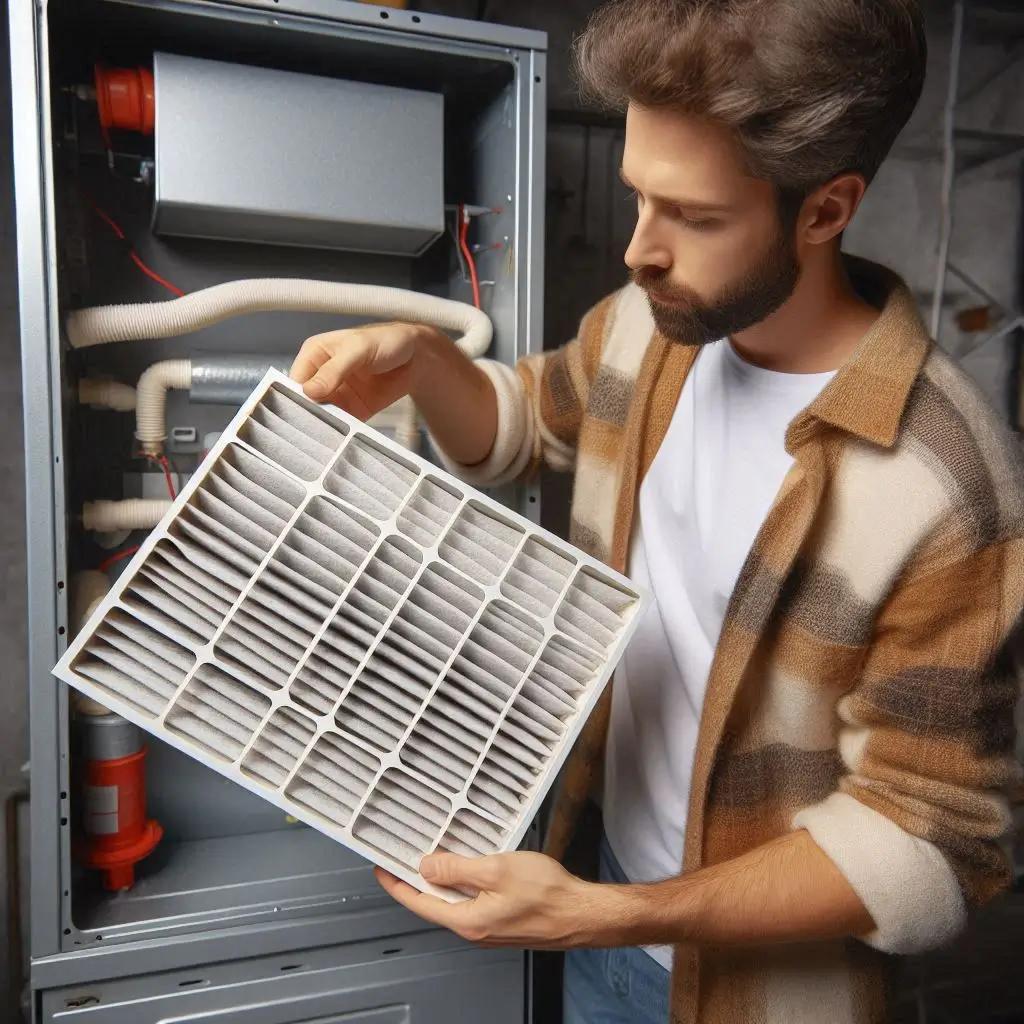
2. Inspect the Furnace Burners and Heat Exchanger
- Over time, dust and debris accumulate on burners, reducing heating efficiency.
- A cracked heat exchanger can leak carbon monoxide—a dangerous, odorless gas.
- Schedule a professional furnace inspection to ensure safe and efficient operation.
3. Clean and Unblock Vents and Ductwork
- Dust and debris buildup in vents restricts airflow and reduces efficiency.
- Vacuum air vents and ensure furniture or rugs are not blocking airflow.
- Consider air duct cleaning if you notice excessive dust or reduced airflow from vents.
4. Test the Thermostat and Pilot Light
- Set the thermostat to heating mode and ensure it responds correctly.
- If your pilot light is yellow instead of blue, this may indicate carbon monoxide issues or poor combustion.
- Upgrade to a programmable or smart thermostat for better temperature control and energy savings.

5. Schedule a Professional Furnace Tune-Up
- A certified HVAC technician can inspect, clean, and tune up your furnace to prevent breakdowns.
- Regular maintenance can increase efficiency by up to 15% and reduce the risk of costly emergency repairs.
Upgrading to an Energy-Efficient Heater
If your heating system is over 10–15 years old, it may be time for an upgrade. Energy-efficient furnaces and heat pumps provide better heating performance while lowering energy costs.
1. Benefits of an Energy-Efficient Heater
- Lower energy bills: Modern heating systems use advanced technology to consume less energy.
- Consistent heating: New models distribute heat evenly, reducing cold spots in your home.
- Environmentally friendly: Energy-efficient units reduce carbon emissions and support sustainability.
- Smart thermostat compatibility: Most modern heaters integrate with smart thermostats for automated heating schedules.
2. Choosing the Right Heating System
- High-efficiency gas furnaces: Look for models with AFUE (Annual Fuel Utilization Efficiency) ratings of 90% or higher.
- Heat pumps: Ideal for mild climates, heat pumps provide both heating and cooling with minimal energy use.
- Ductless mini-split systems: Great for homes without ductwork, offering zone-specific heating for better efficiency.
3. Signs It’s Time to Replace Your Heater
- Frequent repairs: If your heater requires constant servicing, investing in a new unit may save money in the long run.
- Inconsistent heating: Uneven temperatures or rooms that never warm up properly may signal an aging system.
- Rising energy costs: An outdated unit loses efficiency, leading to higher utility bills.
- Strange noises or smells: Rattling, banging, or burning smells indicate serious issues that may require replacement.
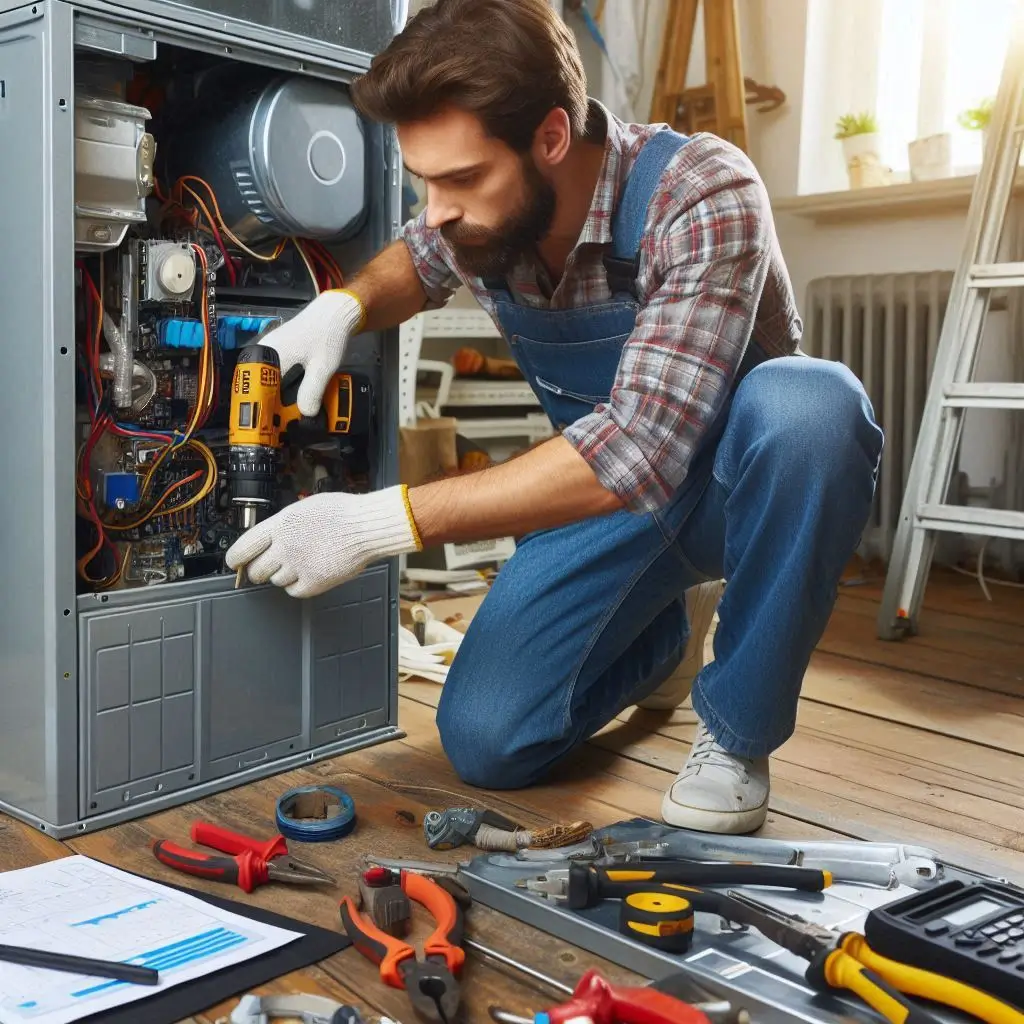
Winter Heating Solutions for a Comfortable Home
As winter approaches, keeping your home warm, cozy, and energy-efficient becomes a top priority. A properly maintained heating system ensures consistent warmth, prevents costly breakdowns, and helps reduce energy bills.
This guide covers how to prevent heating system breakdowns and the benefits of regular heater maintenance to ensure your home stays comfortable throughout the coldest months.
Preventing Heating System Breakdowns
A heating system failure in the middle of winter can lead to uncomfortable temperatures, expensive emergency repairs, and even health risks. To avoid unexpected breakdowns, follow these essential preventative steps:
1. Replace or Clean Air Filters Regularly
- Dirty or clogged air filters reduce airflow and strain your heating system.
- Replace disposable filters every 1-3 months or clean washable filters regularly.
- A clean filter improves air quality, efficiency, and system longevity.

2. Inspect and Seal Air Ducts
- Leaky or damaged air ducts cause heat loss, making your system work harder and increasing energy bills.
- Check for holes, gaps, or loose connections in your ductwork.
- Seal leaks with HVAC tape or consult a professional for thorough duct sealing.
3. Check the Thermostat and Battery
- Ensure your thermostat is set to heating mode and functioning correctly.
- If using a programmable or smart thermostat, update settings for optimal energy efficiency.
- Replace thermostat batteries annually to prevent malfunctions.
4. Keep Vents and Registers Unblocked
- Ensure furniture, curtains, or rugs are not blocking air vents, allowing heat to distribute evenly.
- Clean vents to remove dust buildup, which can affect air circulation.
5. Schedule a Professional Heating System Inspection
- An HVAC technician can check for worn-out components, gas leaks, electrical issues, or airflow restrictions.
- Professional maintenance reduces the risk of mid-winter breakdowns and improves heating efficiency.
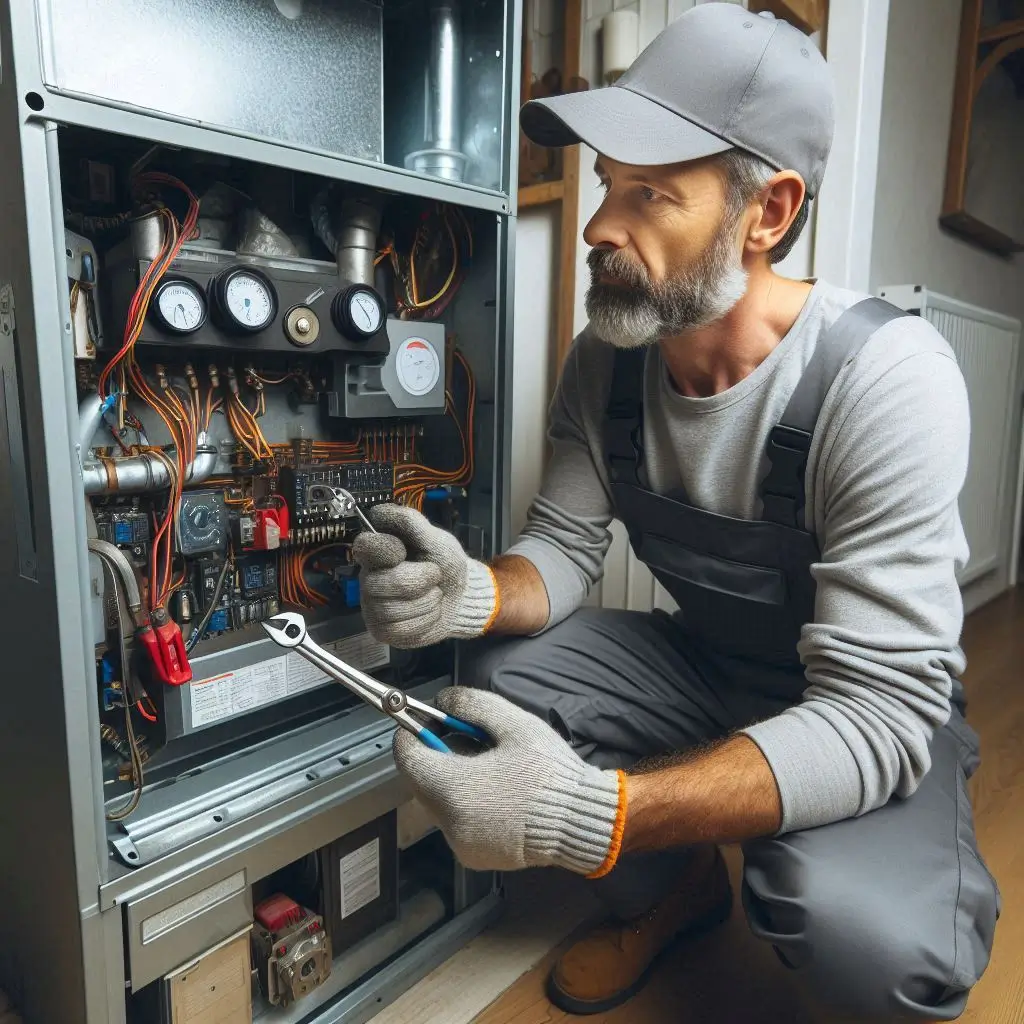
The Benefits of Regular Heater Maintenance
Regular heater maintenance is crucial for maximizing efficiency, preventing costly repairs, and ensuring reliable heating performance. Below are the key benefits of scheduling routine heating system check-ups:
1. Increases Energy Efficiency
- A well-maintained heater operates at peak efficiency, using less energy to produce the same level of warmth.
- Properly cleaned and tuned heating systems can reduce energy consumption by up to 15%.
- Efficient operation means lower heating bills during the winter months.
2. Extends the Lifespan of Your Heating System
- Preventative maintenance reduces wear and tear on internal components.
- A properly serviced heater can last 15-20 years, delaying costly replacements.
- Early detection of minor issues prevents major system failures.
3. Improves Indoor Air Quality
- Dust, debris, and mold can accumulate in heating ducts and filters, affecting air quality.
- Regular maintenance ensures clean air circulation, reducing allergens and respiratory irritants.
- Duct cleaning and air filter replacement keep your home’s air fresh and healthy.
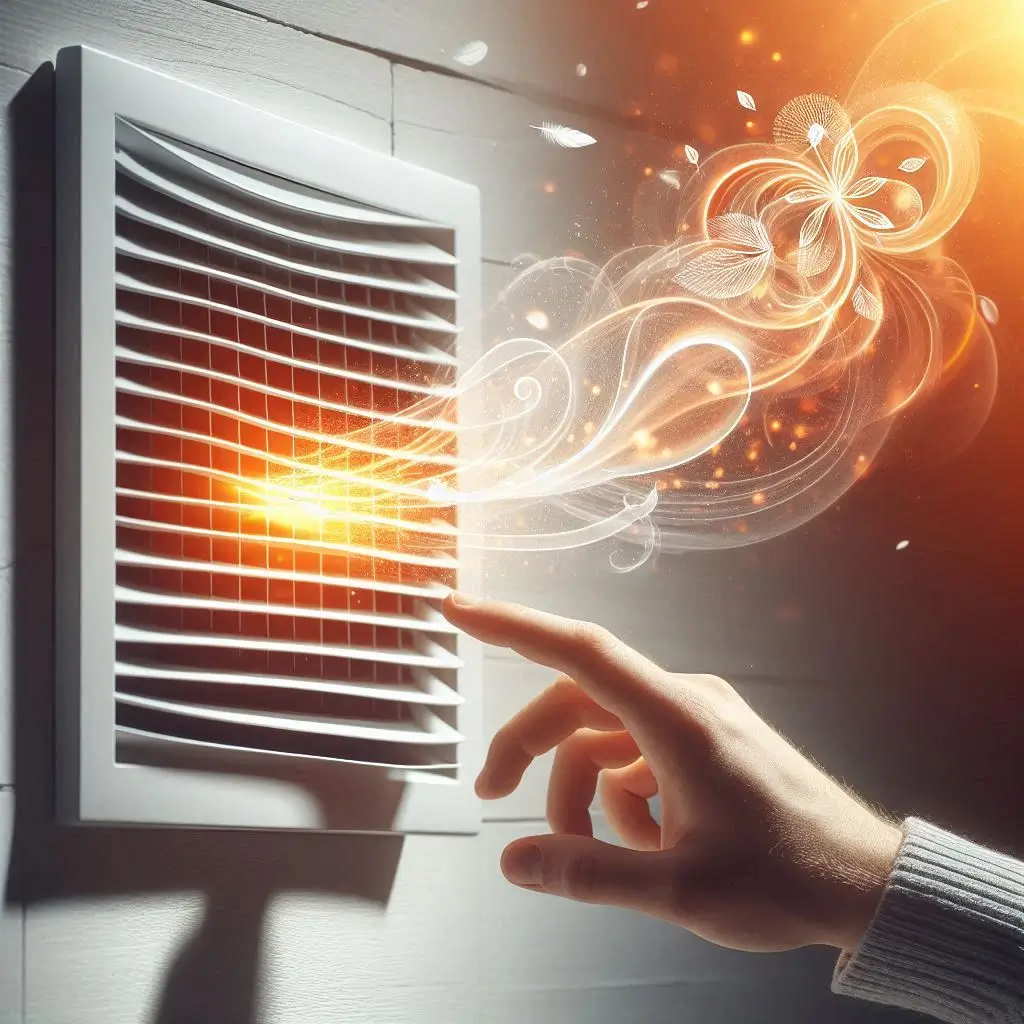
4. Enhances Safety
- Furnaces and heaters that run on gas can develop carbon monoxide leaks if not properly maintained.
- A professional inspection can detect gas leaks, cracked heat exchangers, or faulty wiring, reducing safety hazards.
- Installing carbon monoxide detectors adds an extra layer of protection.
5. Prevents Unexpected Breakdowns
- Minor repairs and adjustments during routine maintenance help prevent costly emergency breakdowns.
- Technicians check for loose connections, failing parts, and airflow issues before they turn into major problems.
- A well-maintained system ensures reliable performance throughout winter.
Frequently Asked Questions (FAQ) About Winter Heating Solutions
Having a reliable heating system during winter is essential for maintaining comfort, reducing energy costs, and preventing emergency repairs. Below are some of the most common questions homeowners ask about winter heating solutions.
1. How Often Should I Service My Heating System?
It’s recommended to service your heating system at least once a year, preferably in the fall before winter arrives. Regular maintenance ensures peak efficiency, reduces wear and tear, and prevents unexpected breakdowns.
- Annual professional tune-ups include checking the thermostat, inspecting electrical connections, cleaning internal components, and lubricating moving parts.
- If your system is older than 10 years, consider scheduling maintenance twice a year to prevent failures.
- Regular filter changes (every 1-3 months) also help maintain proper airflow and efficiency.
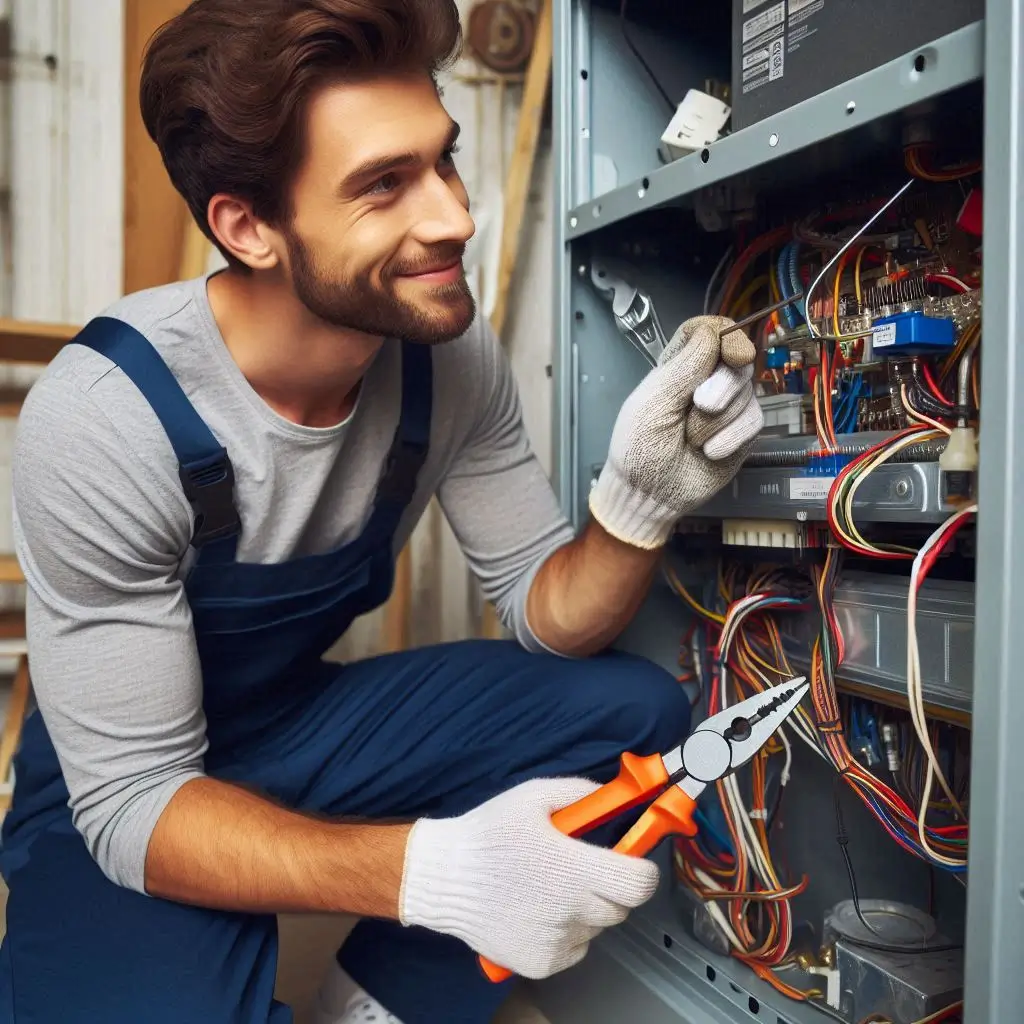
2. How Can I Reduce My Heating Bills in the Winter?
Heating costs can rise significantly in the winter, but you can lower your bills by implementing energy-efficient practices:
- Upgrade to a Smart Thermostat – Programmable thermostats adjust temperatures automatically, reducing energy waste.
- Seal Air Leaks – Inspect windows, doors, and ductwork for leaks that allow warm air to escape.
- Use Proper Insulation – Well-insulated walls, attics, and basements retain heat better.
- Perform Regular HVAC Maintenance – A well-maintained heater operates more efficiently and consumes less energy.
- Close Unused Rooms – If you have rooms that are rarely used, close vents in those areas to redirect heat where needed.
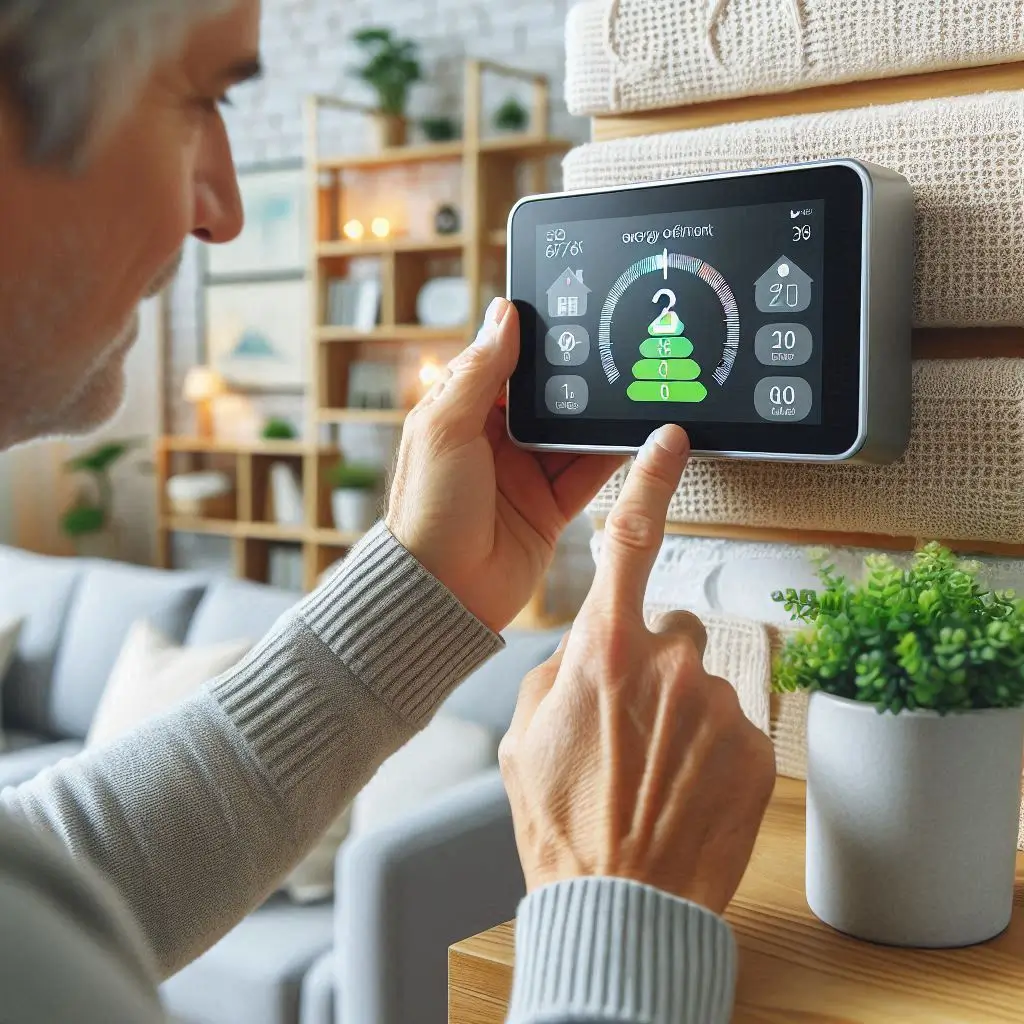
3. What Are the Signs My Heater Needs Repair or Replacement?
If your heating system is not working efficiently, you might need a repair or full replacement. Look for these warning signs:
- Uneven Heating: Some rooms feel warmer than others, indicating airflow or ductwork issues.
- Rising Energy Bills: If your heating costs are increasing despite regular use, your system might be losing efficiency.
- Unusual Noises: Strange sounds like banging, rattling, or whistling indicate internal component problems.
- Frequent Repairs: If your heater requires multiple repairs within a short period, replacement may be the best option.
- System Age: Most furnaces last 15-20 years. If yours is older and experiencing issues, upgrading to an energy-efficient model may be more cost-effective.
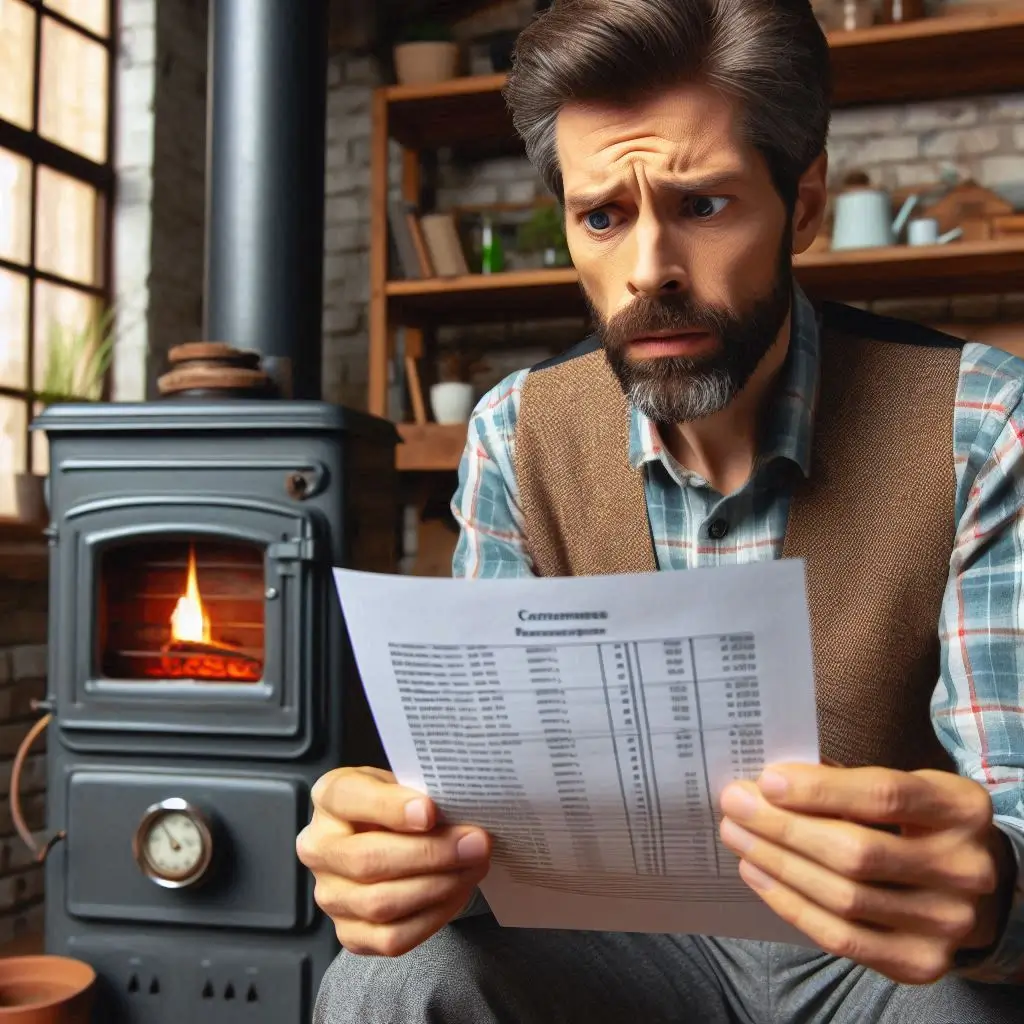
4. Should I Keep My Heater Running All Day or Use a Timer?
Using a programmable thermostat is the most energy-efficient way to manage your heating system.
- When you’re home: Set your thermostat to 68°F (20°C) for comfort and efficiency.
- When you’re away or sleeping: Lower the temperature by 7-10 degrees to save energy.
- Avoid extreme temperature changes, as constantly adjusting settings can strain your HVAC system.
Smart thermostats allow you to automate temperature settings, reducing energy costs without sacrificing comfort.
5. How Can I Improve Indoor Air Quality During Winter?
Indoor air can become stagnant and polluted in winter due to closed windows and continuous heating. To maintain healthy air quality:
- Replace Air Filters Regularly – Prevents dust and allergens from circulating.
- Use a Humidifier – Heating systems reduce indoor humidity, leading to dry air that can cause respiratory issues.
- Ventilate Properly – Open windows occasionally or use an HVAC ventilation system to allow fresh air circulation.
- Schedule Air Duct Cleaning – Dust and debris in air ducts can lower indoor air quality.
By following these steps, you’ll ensure your home remains warm, comfortable, and free from indoor air pollutants.
Conclusion
Maintaining your HVAC system throughout the year ensures optimal performance, energy efficiency, and home comfort in every season. By following seasonal maintenance tips—such as checking air filters in spring, optimizing AC performance in summer, preparing your heating system in fall, and ensuring heater efficiency in winter—you can extend the lifespan of your HVAC unit and avoid costly repairs. Regular professional tune-ups, timely repairs, and energy-efficient upgrades will keep your home comfortable no matter the weather. If you’re looking for expert HVAC maintenance, repair, or installation services, reach out to a trusted professional to ensure your system is ready for all four seasons.

